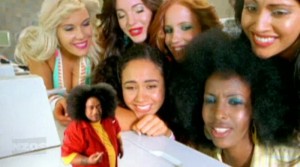 “Swing” is the dancefloor gift that just keeps on giving. Savage’s first solo single was released in 2005, but he enjoyed American success in 2008 thanks to a remixed version of “Swing” featuring Soulja Boy. Then in 2013 “Swing” topped the Australian charts via an EDM remix by producer Joel Fletcher.
“Swing” is the dancefloor gift that just keeps on giving. Savage’s first solo single was released in 2005, but he enjoyed American success in 2008 thanks to a remixed version of “Swing” featuring Soulja Boy. Then in 2013 “Swing” topped the Australian charts via an EDM remix by producer Joel Fletcher.
But back in 2005 it was a mini Savage in a laundrette surrounded by a bunch of ladies in hot pants putting a lot of effort into their weekly washing. This video surely took some inspiration from the iconic 1985 Levi’s commercial, featuring some very DIY stonewash jeans.
At the time this video came out, I wrote a review of it for NZmusic.com declaring it was terribly terribly sexist because of all the girls in hot pants and excessive booty shaking. The director, Sophie Findlay, wrote me a really nice email saying she was “definitely going more for sexy”, and that because it was a booty song “the record company are going to insist on girls, but I did my best to create a situation in the video where they were being revered by Savage, and in control.”
And now I pretty much agree with her. As part of the 5000 Ways experience, I have seen far worse. “Swing” lets the laundry girls be characters, not just anonymous dancers or body parts. And when you compare it to the video of a contemporary booty song like “Wiggle” by Mr Derulo, “Swing” seems a lot more innocent and female focused.
The laundry setting takes two forms. There’s the bright pastel world of honey-I-shrunk-the-Savage and the laundry ladies. Then there’s a darker version with full-size Savage, his Deceptikonz pals and the washer women, all grinding on it like it’s a night club. This sort of stuff never happened at the Wash Inn in Mt Eden.
A twist of sorts comes at the end of the video when it’s revealed that it was all a dream – Savage had fallen asleep while waiting for his laundry. And he’d been cuddling a flagon of moonshine as he slept – an uncomfortable way of promoting his next single and/or debut album.
The curious thing is, the song didn’t rely on this video for its 2008 or 2013 revivals. In 2008 it was part of the Knocked Up soundtrack, and in 2013 a new video was used featuring some people having a house party. But you know what? Seth Rogen doing daggy dancing or some Australians partying in an abandoned house just aren’t having as much fun as Savage was down at his local laundry.
Best bit: Mareko’s perfect 1960s flip hairdo.
Director: Sophie Findlay
Ngā Taonga Sound & Vision
Next… lack of words.
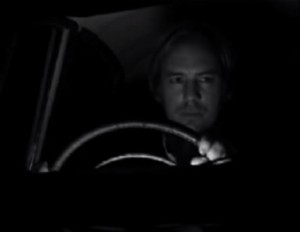 Videos like this are hard to write about. They exist outside the realm of popular music videos. There’s no hard sell going on here. Instead the video has artful visuals that complement the music but are also visually pleasing in their own way. And – OMG – I’m almost in a coma from how boring that sounds.
Videos like this are hard to write about. They exist outside the realm of popular music videos. There’s no hard sell going on here. Instead the video has artful visuals that complement the music but are also visually pleasing in their own way. And – OMG – I’m almost in a coma from how boring that sounds.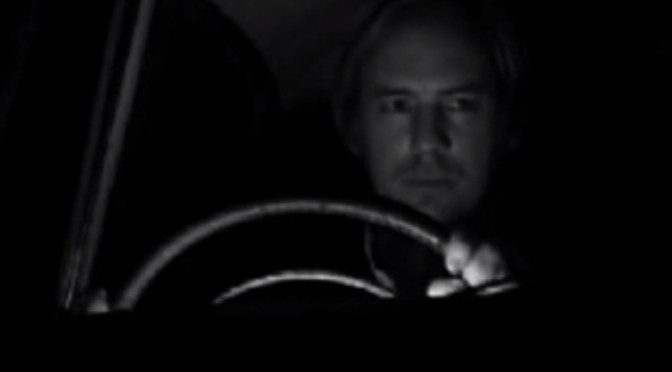
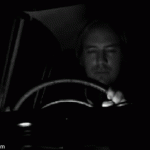
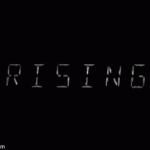
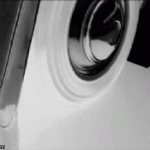
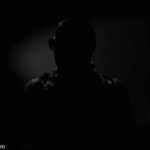
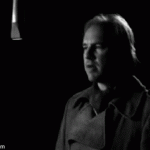
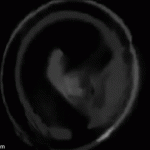

 “Swing” is the dancefloor gift that just keeps on giving. Savage’s first solo single was released in 2005, but he enjoyed American success in 2008 thanks to a
“Swing” is the dancefloor gift that just keeps on giving. Savage’s first solo single was released in 2005, but he enjoyed American success in 2008 thanks to a 
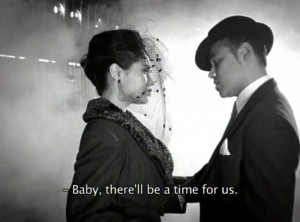 Mo’Reece was a R&B pop duo comprised of singer Maurice Banse and everything-else-man Jonas Widjaya. According to their bio on Amplifier, their album was called The Shining (!) and their second single was “promoted on Xtra’s home page”.
Mo’Reece was a R&B pop duo comprised of singer Maurice Banse and everything-else-man Jonas Widjaya. According to their bio on Amplifier, their album was called The Shining (!) and their second single was “promoted on Xtra’s home page”.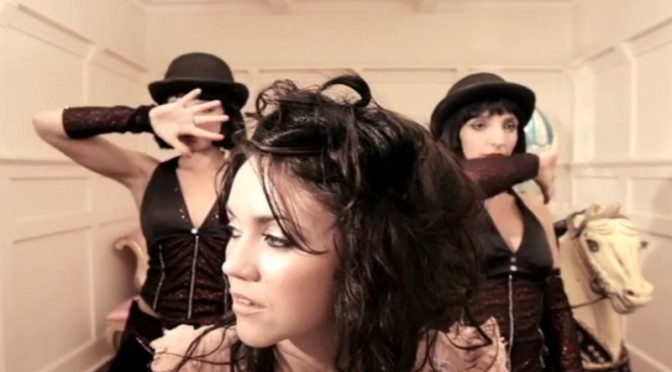
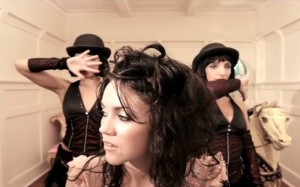 “Perfect Lullaby” was the second and final funded video for a Marvey King song, after
“Perfect Lullaby” was the second and final funded video for a Marvey King song, after 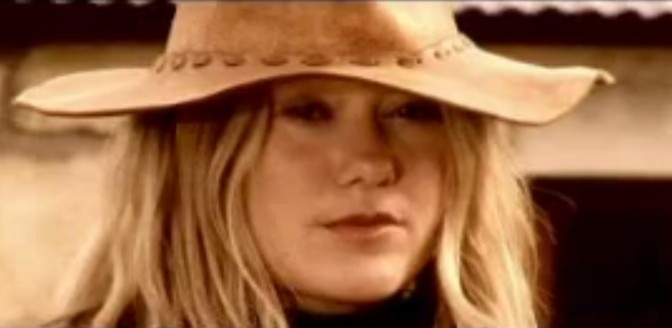
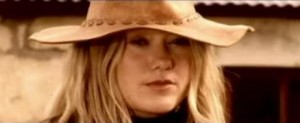 Lucid 3 like a bit of dress-up and this video takes inspiration from its title and puts the trio in the wild west, which looks to be played by somewhere in Otago. Victoria is kitted out as a cowgirl, but spends most of her time sitting outside a stone building, playing her guitar.
Lucid 3 like a bit of dress-up and this video takes inspiration from its title and puts the trio in the wild west, which looks to be played by somewhere in Otago. Victoria is kitted out as a cowgirl, but spends most of her time sitting outside a stone building, playing her guitar.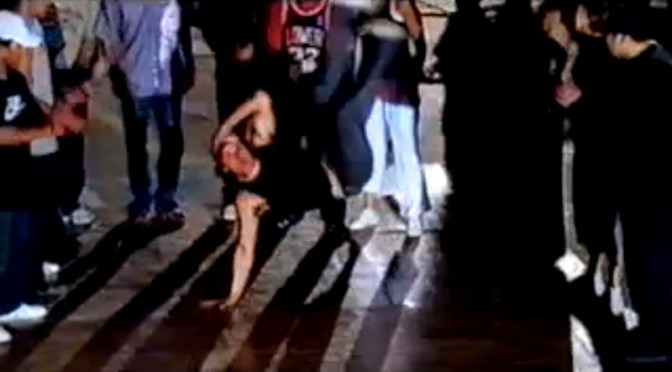
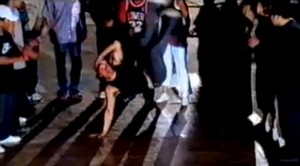 Tauranga hip hop group Flow on Show released “Move to the Flow” as a double A-side along with a track called
Tauranga hip hop group Flow on Show released “Move to the Flow” as a double A-side along with a track called 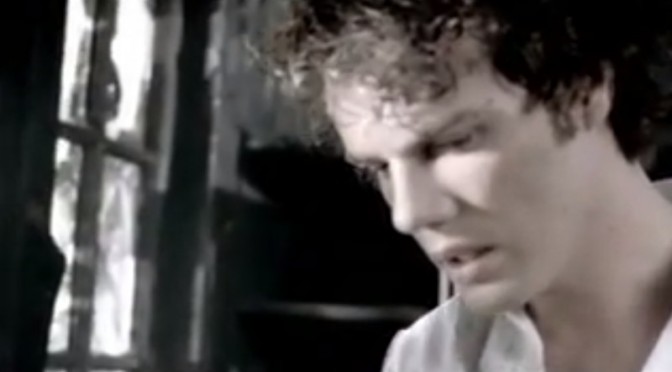
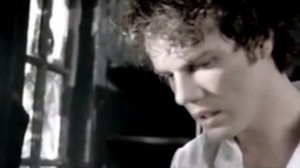 “Come to Nothing” is a slow, emotional tale of a lost love. The video is heavy-handed with symbolism, putting Jon and his bros into a derelict, fire-gutted house. We also see a young woman wandering the same house, but staying well away from Evermore. Just as well. It seems they have some issues.
“Come to Nothing” is a slow, emotional tale of a lost love. The video is heavy-handed with symbolism, putting Jon and his bros into a derelict, fire-gutted house. We also see a young woman wandering the same house, but staying well away from Evermore. Just as well. It seems they have some issues.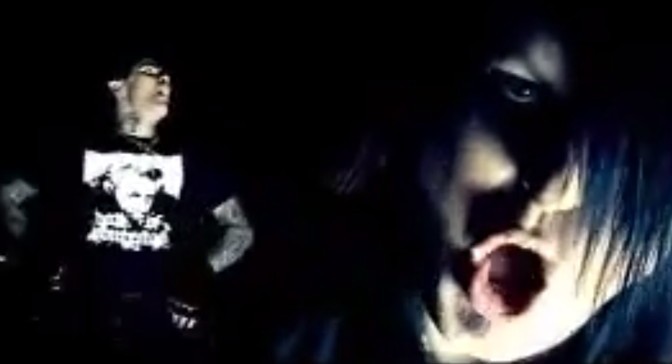
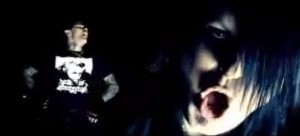 I’ve just realised something. As I moved into videos from 2004, suddenly the quality of the files on YouTube was reduced, with 240p being pretty standard. Why? Because unlike earlier videos, these ones weren’t uploaded, say, a couple of years ago. A lot of videos from 2004 were uploaded in 2006 when YouTube was only about a year old and only had one quality level – 320 x 240 pixels. So we have now entered the era of native YouTube uploads and with it comes blocky, pixelly video quality.
I’ve just realised something. As I moved into videos from 2004, suddenly the quality of the files on YouTube was reduced, with 240p being pretty standard. Why? Because unlike earlier videos, these ones weren’t uploaded, say, a couple of years ago. A lot of videos from 2004 were uploaded in 2006 when YouTube was only about a year old and only had one quality level – 320 x 240 pixels. So we have now entered the era of native YouTube uploads and with it comes blocky, pixelly video quality.
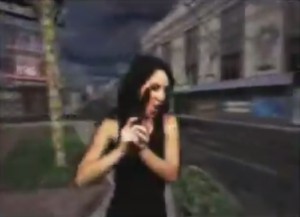 The “Lock & Load” video takes inspiration from the song title and sets it in a world of guns, though of the video game variety. It’s set in an uncanny city intersection, with crude computer animation – just the sort of thing that would feature in a video game of the era.
The “Lock & Load” video takes inspiration from the song title and sets it in a world of guns, though of the video game variety. It’s set in an uncanny city intersection, with crude computer animation – just the sort of thing that would feature in a video game of the era.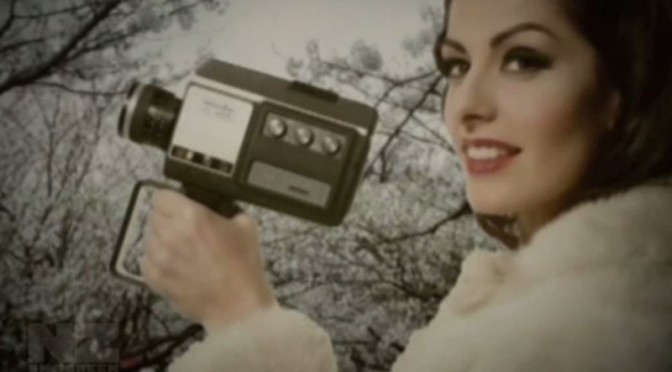
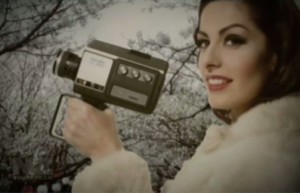 We last saw Aerial in the mundane setting of the Huapai takeaway shop, but things get more glam with “Come Around Again”. The video is like a scrapbook of travel mementos from the mid-20th century, back when air travel was fancy and exciting.
We last saw Aerial in the mundane setting of the Huapai takeaway shop, but things get more glam with “Come Around Again”. The video is like a scrapbook of travel mementos from the mid-20th century, back when air travel was fancy and exciting.